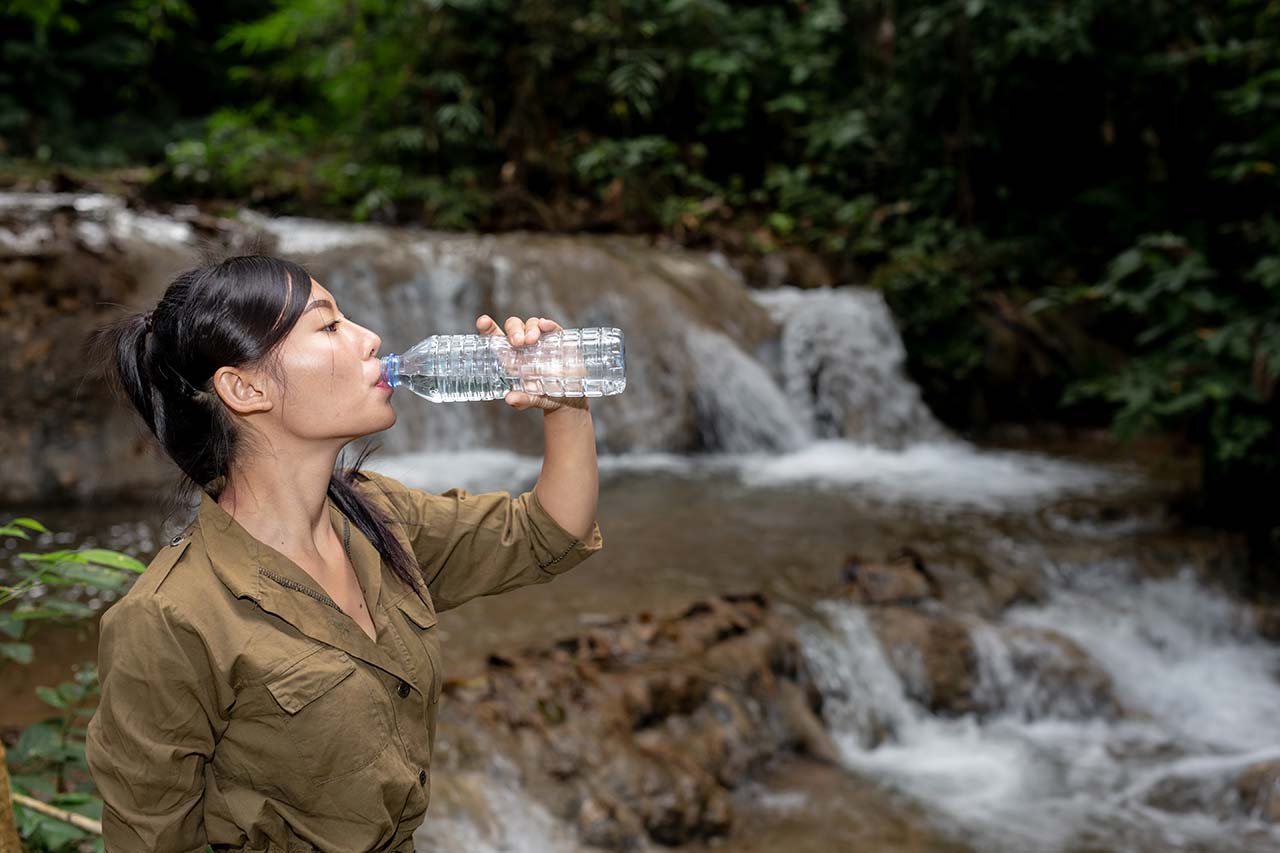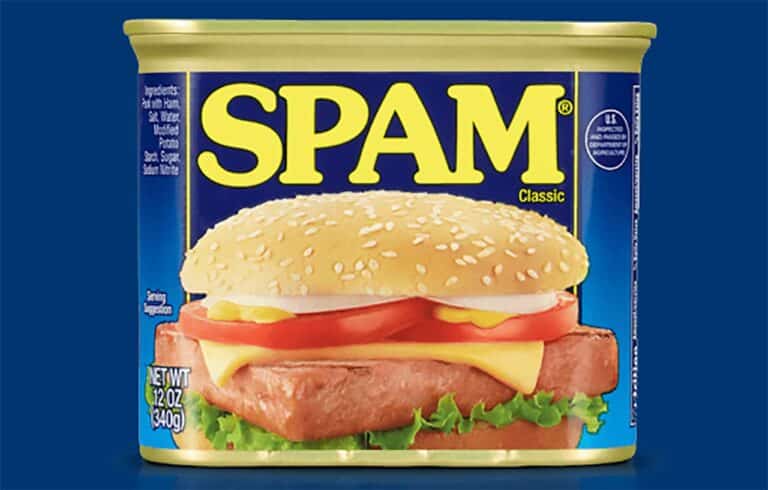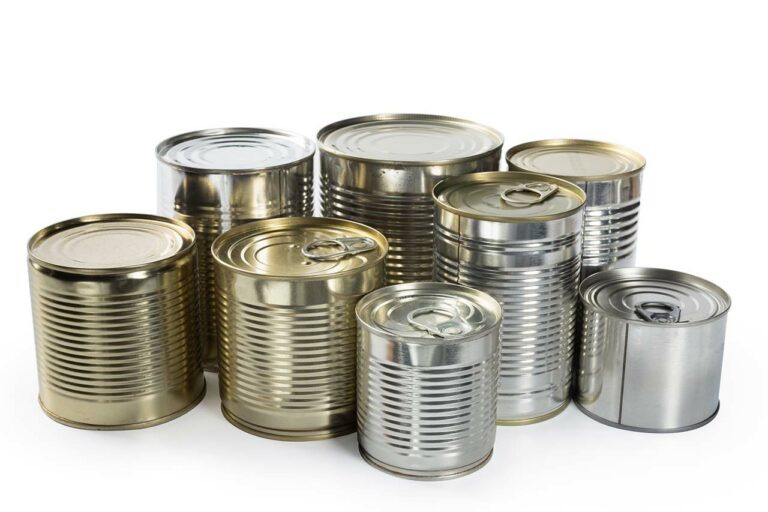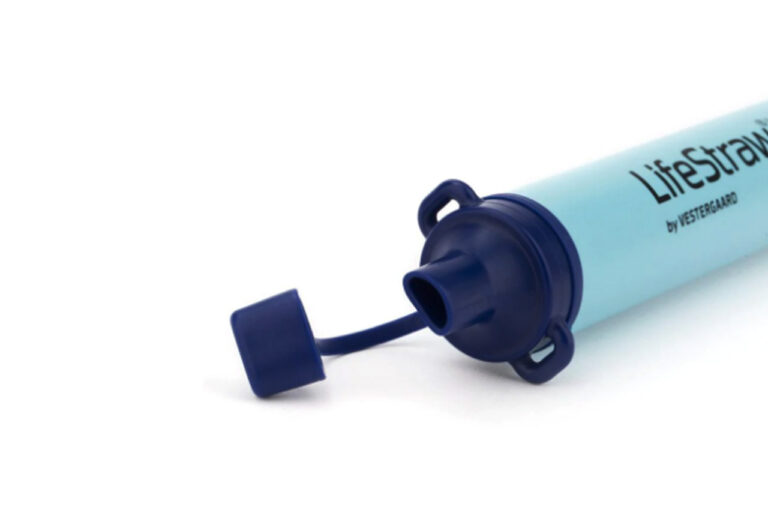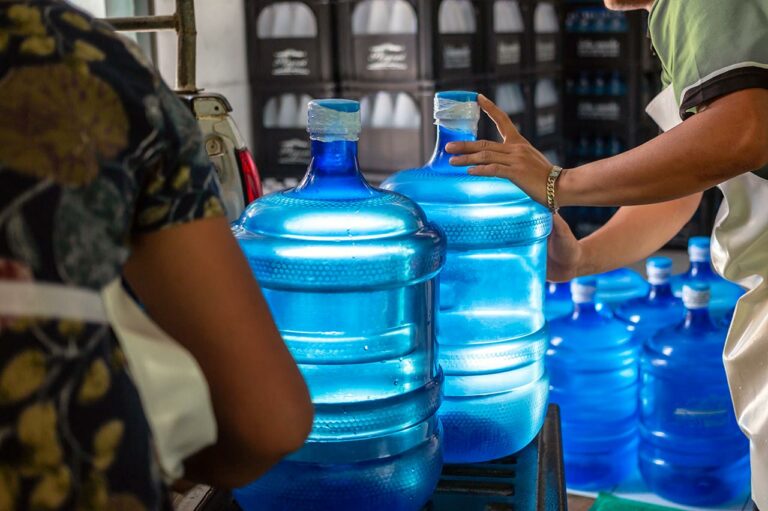How To Make A Charcoal Water Filter (Expert Tips)
Charcoal water filters have become increasingly popular for their ability to remove impurities from water, making it safer to drink. These filters use activated charcoal, which is not the same as the common barbecue charcoal you find in stores. Activated charcoal undergoes a unique process that makes it extremely porous and perfect for capturing nasty contaminants, leaving your water clean and fresh.
Creating your own activated charcoal water filter is not only a handy survival skill, it’s a fun and accessible DIY project you can tackle at home. The process is straightforward and requires only some basic supplies, such as a plastic bottle, sand, gravel, and of course, activated charcoal. By assembling these components, you’ll soon have a practical homemade filter capable of purifying your water, and with a little practice, you’ll become an expert at crafting your very own charcoal water filters on an as-needed basis.
Materials Needed for a Charcoal Water Filter
Before getting started with your charcoal filter, you’ll want to gather all the essential materials required for making it. Having everything ready beforehand ensures a hassle-free and efficient process. Here’s a list of materials you’ll need:
- Plastic bottle: A large plastic soda bottle with its bottom sawed off works best, as the narrow spout at the mouth of the bottle serves as a funnel. Reusing old plastic bottles is an eco-friendly choice.
- Activated charcoal: This is the main component for filtering out contaminants. Crush it into small pieces if it’s not already in fine granules.
- Sand: You’ll need a layer of sand in your filter to help remove smaller particles. It’s best to use clean sand, preferably from a store, to avoid any unwanted contaminants.
- Gravel: Small, round pebbles help remove larger particles and support the finer layers in your filter.
- Cloth or coffee filter: This will create a screen at the bottom of your filter.
- Knife or scissors: These will be used to cut out the bottom of the plastic bottle and the cloth.
- Water to be filtered: Have some water ready for testing your homemade charcoal water filter.
Once you’ve gathered all the necessary materials, you’re ready to start assembling your DIY charcoal water filter.
Step-by-Step Guide to Making a Charcoal Filter
Now that you have what you need, here’s a simple step-by-step guide to crafting a DIY charcoal water filter:
- Collect the materials. You’ll need a 1-liter or larger plastic bottle, ideally with a narrower spout, like a soda bottle or milk jug, activated charcoal, sand, gravel, a coffee filter or cloth, and water purification tablets.
- Clean the components. Before assembling your DIY water filter, make sure all components are clean, including the bottle, charcoal, sand, and gravel. This ensures you’re removing impurities, not adding them to your water.
- Prepare the bottle. Cut the bottom off the plastic bottle, leaving the top and cap intact. This will be the funnel for your filter.
- Add the coffee filter. Place a coffee filter inside the funnel and secure it around the edges to prevent sand and gravel from falling through.
- Layer the filter. Add a layer of gravel at the bottom of the bottle, covering the coffee filter. This will help improve water flow. Then, add a layer of sand on top of the gravel. Finally, add the activated charcoal powder on top of the sand layer. The gravel, sand, and charcoal will work together to filter out impurities from your water.
- Filter the water. Hold the filter over a collection container, such as a bucket or another bottle. Slowly pour the water through the charcoal filter. As the water passes through each layer, contaminants will be removed, leaving cleaner water to collect in the container.
- Disinfect the water. Although your DIY charcoal filter has removed many impurities, some may still remain – like bacteria or viruses. Use water purification tablets according to the package instructions to ensure your water is safe to drink.
Remember, this DIY filter isn’t a foolproof solution for all water sources, such as contaminated or chemically polluted water. It’s essential to know the limits of charcoal filtration and rely on other methods for those situations. But, now that you’ve made your own DIY charcoal filter, you’re better equipped to provide yourself with clean drinking water in survival situations.
The Importance of Activated Charcoal in Filtration
When it comes to water filtration, activated charcoal is the star of the show. This special type of charcoal undergoes treatment with oxygen, which opens up millions of tiny pores between the carbon atoms. These pores create an impressive surface area that makes it incredibly effective as a filtration medium.
The secret behind activated charcoal’s effectiveness lies in adsorption. This process allows the activated charcoal to attract and hold onto various chemical contaminants, heavy metals, and organic compounds as water passes through. With these impurities adsorbed, the filtered water becomes cleaner and safer to drink.
Activated charcoal is particularly adept at removing chloramines – a common byproduct of water disinfection. These compounds can cause unpleasant tastes and odors, as well as potential health concerns. By effectively adsorbing chloramines and similar contaminants, activated charcoal helps ensure that your water not only tastes better but is also better for you.
The unique properties of activated charcoal make it an essential component in many water filtration systems.
Using Your Charcoal Filter in Different Situations
Imagine you find yourself in dire straits – perhaps you’re lost in the wilderness, facing an emergency, or prepping for potential disasters. Let’s explore how you can use your self-made charcoal filter if you ever find yourself in immediate need.
Emergency Situations
Natural disasters like floods or hurricanes can disrupt water supplies, leaving you with contaminated or scarce water sources. In this case, you can rely on your charcoal water filter to purify water for drinking and cooking.
Fill the filter with water from your home tap or another available source and let it draw out pathogens and impurities. If you’re unsure about the water source, boil the water for at least one minute after filtering to kill any remaining microorganisms.
In the Wilderness
If you’re on an outdoor adventure, whether intentionally or out of necessity, your charcoal water filter will allow you to access clean drinking water from streams, rivers, or lakes. Fill the filter with water from any of these sources and let the activated charcoal work its magic.
To minimize contaminants, choose flowing water sources over stagnant ones. Remember, it’s advisable to double-check the water quality by boiling it before consumption, especially if you’re unsure of the source’s purity.
Emergencies and Prepping
A DIY charcoal water filter can be a valuable asset in your survival kit. It’s lightweight, compact, and can help ensure a consistent supply of clean drinking water. Just keep in mind this kind of filter has its limitations, and it might not be effective against certain bacteria, viruses, or chemicals. Stocking commercial water purifiers or chemical treatment options can help guarantee your water safety.
In any situation, always remember to sanitize and maintain your charcoal filter to keep it functioning optimally. Replace the activated charcoal when it’s no longer effective, ensuring you always have access to clean, potable water.

